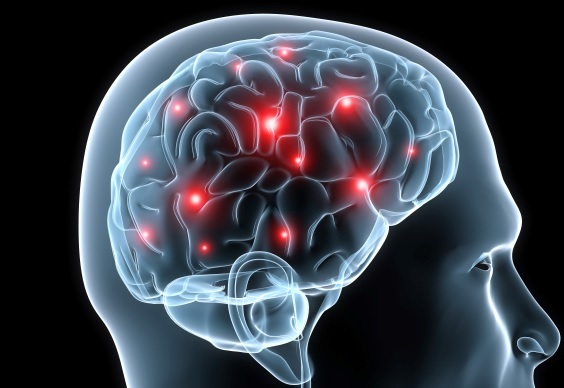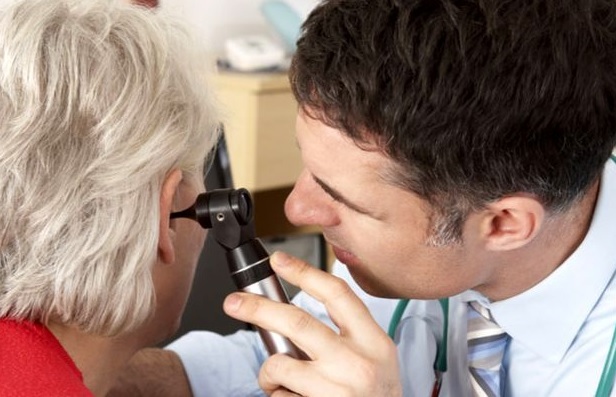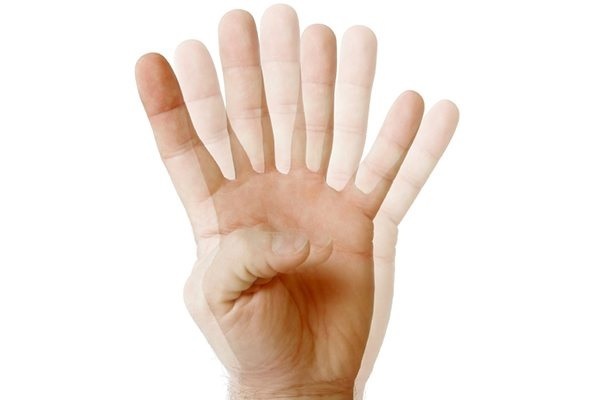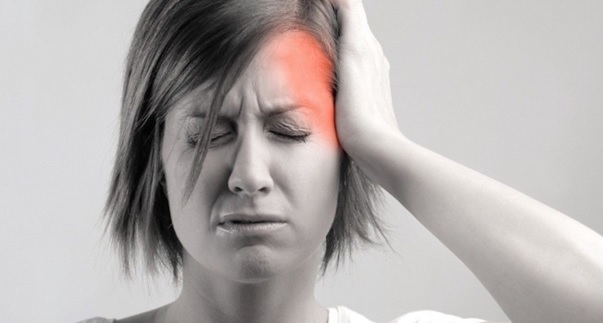Cerebrovascular disease: causes, symptoms and treatment
Contents:
- What factors trigger the disease?
- Disease manifestations and clinical course variants
- Principles of therapy and characteristic consequences
 A group of diseases based on a long pathology of blood vessels supplying oxygen, necessary compounds to the patient's brain, is called chronic cerebrovascular disease. Violation of the brain leads to unpleasant consequences, so it is advisable to get acquainted with the causes and manifestations of the disease for the prevention or treatment of ailment. It is important to remember that the disease has "rejuvenated" and cases have been observed among patients aged less than 40 years.
A group of diseases based on a long pathology of blood vessels supplying oxygen, necessary compounds to the patient's brain, is called chronic cerebrovascular disease. Violation of the brain leads to unpleasant consequences, so it is advisable to get acquainted with the causes and manifestations of the disease for the prevention or treatment of ailment. It is important to remember that the disease has "rejuvenated" and cases have been observed among patients aged less than 40 years.
What factors provoke the disease?
Causes of cerebrovascular disease include pathological conditions that cause disorders of the cerebral circulation. Leading positions belong to the atherosclerotic vascular lesion. Cholesterol plaques narrow the diameter of the arteries, disrupt the free passage of blood, increase the risk of blood clots.
No less important cause is hypertensive disease. Pressure fluctuation and its high indices have a negative effect on the vessel wall, it becomes thin and, in case of a crisis, it can be damaged with the development of a stroke. To provoking factors also carry:
- congenital, acquired violations of the structure of the wall of the arteries of the brain;
- blood pathology, propensity to form blood clots;
- systemic pathologies - diabetes mellitus, impaired lipid metabolism;
- injury, neoplasm of the brain;
- infectious diseases affecting the structure of the brain( syphilis, AIDS);
- bad habits( alcohol, toxic substances, nicotine);
- improper diet, chronic stress;
- hereditary predisposition.
Manifestations of the disease and clinical course variants
Symptoms of cerebrovascular disease increase gradually. At the beginning of the illness the patient does not pay attention to frequent headaches, constant fatigue, a drop in working capacity, it is difficult for him to relax, fall asleep, night sleeplessness is combined with a feeling of drowsiness during the day. Considering the accelerated pace of life, colossal moral, intellectual and physical loads, there is no time for one's own health and pathology is progressing. There are more pronounced manifestations:
- prevails a negative, depressed mood, a tendency to depression;
- memory deteriorates, the patient becomes distracted, forgetful;
- headache persecuted the patient, often dizzy and there is a noise in the ears;
- there are problems with visual acuity, hearing is reduced;
- pressure is unstable.
In severe cases, the patient develops emotional disturbances( causeless crying, depression), intellectual disorders before the development of dementia.
Classification of cerebrovascular diseases includes:
- Brain diseases with ischemic component( ischemic ischemia, ischemic cerebral infarction, hemorrhagic).
- Intracranial hemorrhages - depending on the localization, distinguish subarachnoid, intracerebral, or mixed.
- Cerebrovascular diseases with hypertension.
Principles of therapy and the characteristic consequences of
 The treatment of cerebrovascular disease is aimed at the underlying disease that caused circulatory disturbance and the elimination of symptoms.
The treatment of cerebrovascular disease is aimed at the underlying disease that caused circulatory disturbance and the elimination of symptoms.
Important! Seek qualified help, make assigned tests and instrumental studies and accurately establish a provoking factor. Self-medication leads to loss of time, aggravation of clinical signs.
Complex therapy is applied, which consists of:
- correction of the operating mode, rest, physical activity;
- nutrition optimization - simple healthy food, minimum fatty, smoked, maximum vegetables, cereals, fruits and
- lean meat;
- limitations of harmful factors;
- medicament preparations - improvement of blood circulation and metabolic processes, normalization of lipid parameters,
- stimulation of cerebral activity( nootropics), stabilization of pressure, strengthening of the wall of arteries and veins;
- massage, swimming, physiotherapy.
If necessary, surgical treatment is performed - removal of thrombi or clots from the lumen of the vessel( endarteriectomy).In advanced cases of atherosclerosis, the diameter of the vessel( stenting) is increased to prevent ischemic stroke.
The consequences of cerebrovascular diseases depend on the age of the patient, the concomitant pathologies and the timeliness of the treatment. The most common are:
- emotional disorders, propensity to depression;
- mental manifestations - various fears, egocentrism, hypochondria;
- intellectual disorders, memory loss, fatigue do not allow you to carry out the usual work;
- neurological signs - reflexes become asymmetric, muscle tone is broken, pareses, paralyzes are possible;
- ischemic, hemorrhagic stroke.
Thus, after knowing the causes and manifestations of the disease, it is worthwhile not to waste time and contact the doctor for advice. Timely, adequate treatment of cerebrovascular disease of the brain not only helps to get rid of symptoms, maintain health, but also prevents the development of unpleasant complications.
write the question in the form below:



